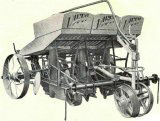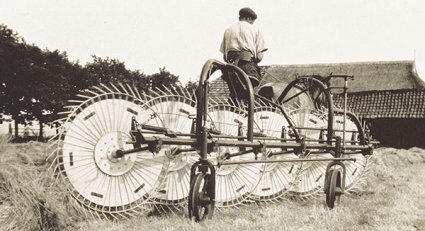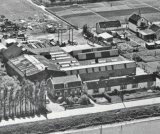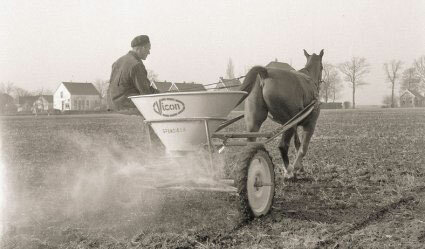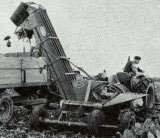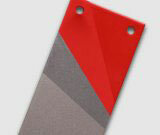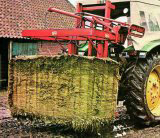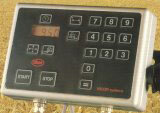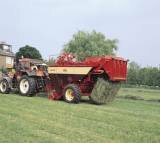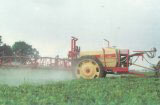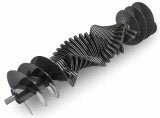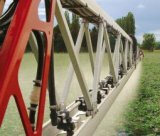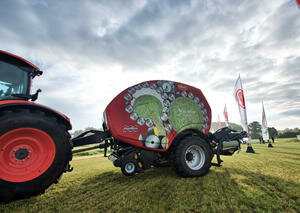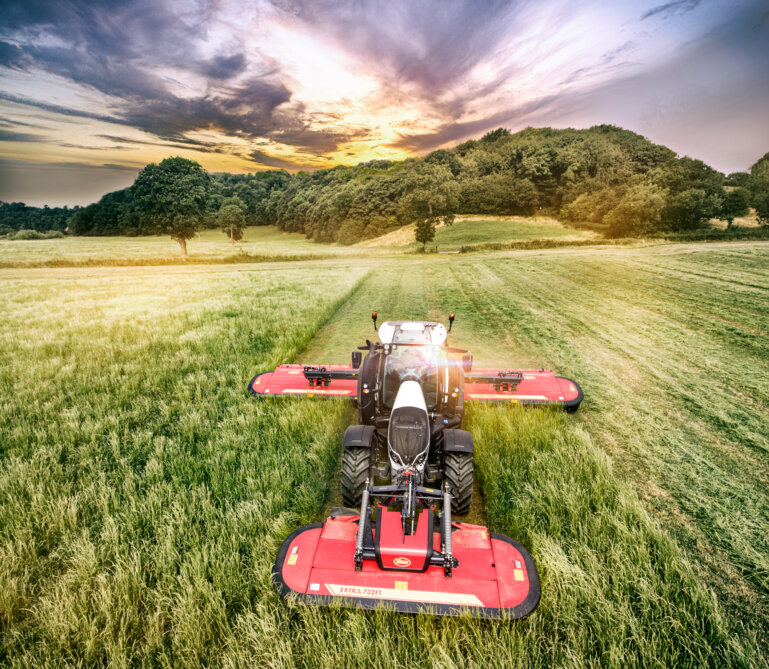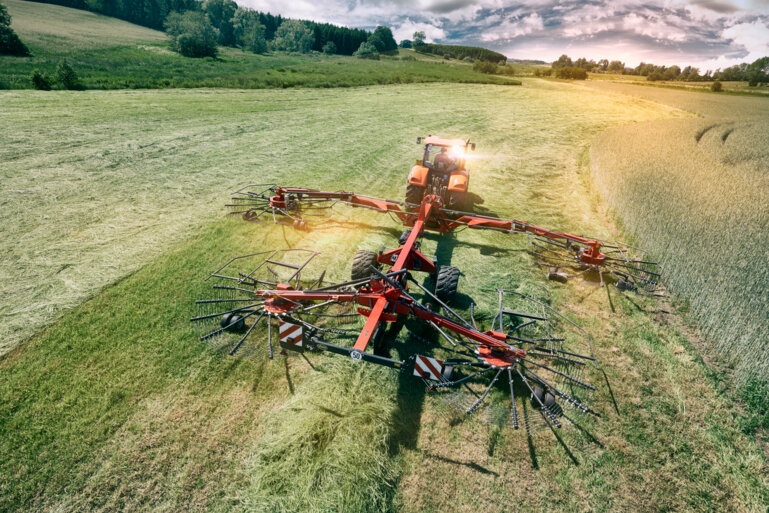History of Vicon
Visionary entrepreneurs, technical innovators and skilled employees have worked together to create great value during the history of Vicon.
Under the name Vicon a small firm grows into an international manufacturer of farm equipment. Worldwide more than 2 million Vicon machines have been sold.
Visser Construction Nieuw-Vennep
During the Second World War one of the employees coined the company name of Vicon, an acronym for Vissers Construction Nieuw-Vennep, for which he received a bonus of 1 Dutch guilder.
|
1910 |
|
1947 |
|
1949 |
|
1955 |
|
1958 |
|
1961 |
|
1963 What could have been a revolution in soil cultivation ends in 1970 when production is stopped. |
|
1966 |
|
1976 |
|
1977 |
|
1978 |
|
1981 Further acquisitions included French baler manufacturer Rivierre Casalis. |
By the early eighties, Vicon had already pioneered the integration of microelectronics in fertiliser spreaders (spreading computer) and big square balers. Even back in 1985 Vicon was pioneering the ISOBUS standard, a universal control system being taken up by most European manufacturers. |
|
1983 |
|
1984 |
|
1989 |
|
1990 |
1998 |
|
2004 |
|
2010 |
|
2016 |
|
2018 |
|
2018 |
2023 – New High-Capacity Vicon Rakes and Tedders |
2023 - Enhances Vicon Spreader Range (RO-M W PRO Series) |

